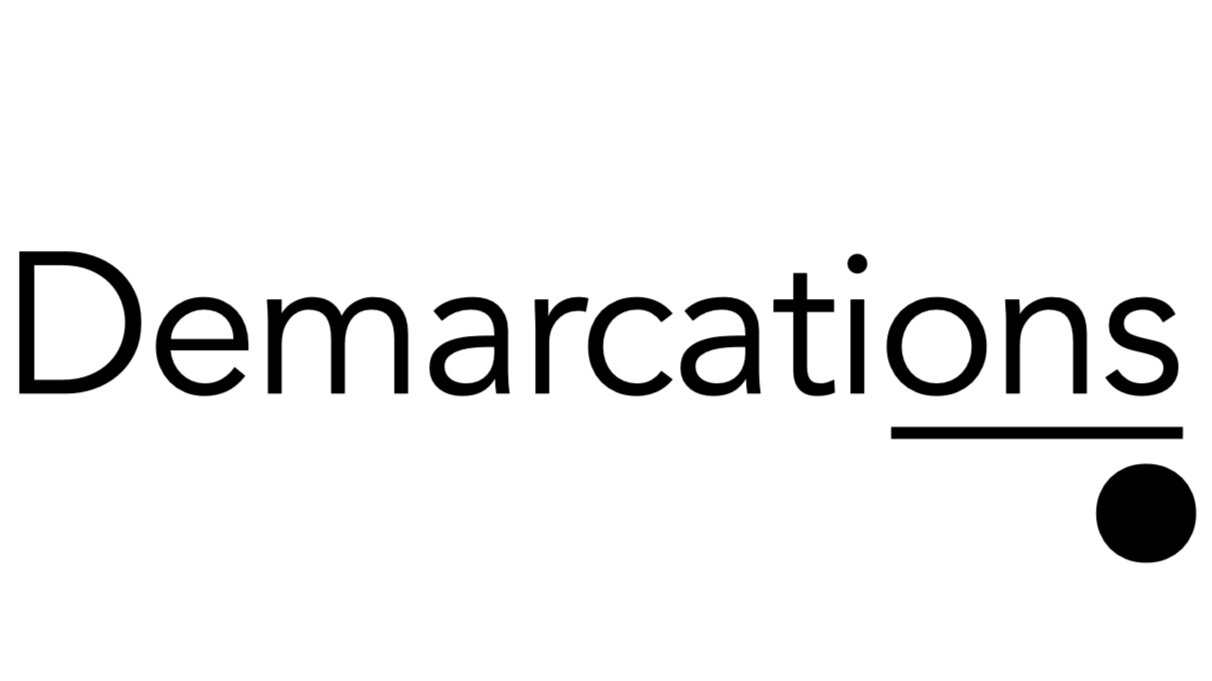Productivity writers often talk about reducing friction in workflows — essentially, how to be more efficient.
But what about having fun with work? Building elements of fun into your work not only makes work more enjoyable in the moment. It also supports good habits needed for long-term success.
Here’s how to do it.
Photo credit: AnastasiaDudka
Reducing friction
Let’s start with friction. An excellent way to support a positive habit is to reduce drag, release any “adhesions” — as a physical trainer might put it— and otherwise smooth out the system.
For example, if you want to capture ideas more consistently, you need a quick and simple system, requiring the least amount of effort. Cal Newport recommends a simple text file on your computer — one that is always open — where you can type in ideas at once. There’s no fiddling around to find the right app, formatting text, tagging — or other forms of drag found in many capture systems.
To reduce friction when capturing tasks, I use OmniFocus. This app is admittedly more complicated to set up and manage. But my capture system is easy to use. For ideas and observations — anything I want to reflect on, potentially write about, or otherwise build on creatively — I use a combination of Drafts and Roam Research, a system I will elaborate on later.
My process feels frictionless. But more than that, it’s fun to use. And that, I realized, is what makes these systems work. So let’s look at the positive aspect of building workflows.
Sparking joy
Organizational guru Marie Kondo’s famously advises people to tidy spaces by pondering whether each possession “sparks joy.” If it doesn’t evoke positive feelings, people should gratefully discard the object — it no longer serves its purpose. And keeping the item dilutes the pleasure we experience from other possessions we value, by cluttering our closet, for example.
In designing our workflows, why not also ask, “does this process spark joy?” If not, maybe it’s time to redesign or replace it, or discard it altogether — like that sweater you haven’t worn in ten years.
Building positive habits
In Making Ideas Happen, Scott Belsky says, “the design of your productivity tools will affect how eager you are to use them. Attraction often breeds commitment.”
Thinking this way also supports good habits. In Atomic Habits, James Clear writes that good habits are characteristically painful in the short-term and pleasurable only in the long-term. (Think: exercise) The opposite is true for bad habits. (Think: eating Doritos while watching YouTube on the couch).
Thus, cementing a good habit requires us to strengthen an association between the good behavior and the long-term reward. But in the short-term — to build the habit initially — we must find ways to experience pleasure and associate it with the new behavior.
Workflows for good habits
So for our work, build in a little pleasure into what might otherwise be a drab but important task needed for long-term success. Don’t think only about reducing friction. Find ways to make the task enjoyable, if ever so slightly.
One way to do this is with technology: using Siri, Shortcuts automations, scripts on a Mac — even formulas in Excel. When we see technology magically accomplish something tangible, it’s immediately rewarding — do I dare say, possibly even fun?
Sparks can shine outside the digital world too. Take pleasure in writing with a nice pen in a quality notebook. Find running shoes you like, ones you will enjoy lacing up as they launch you onto your feet. Maybe splurge on a hardcover edition to get you reading that challenging book.
So try to build in some fun — things that may take time to set up but will create happiness — and ultimately increase productivity by supporting a positive habit.
How have you incorporated elements of joy and fun into your work?

